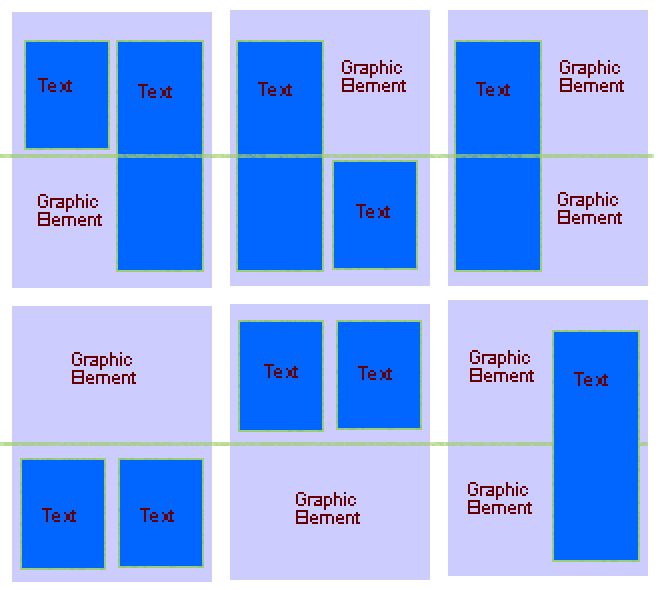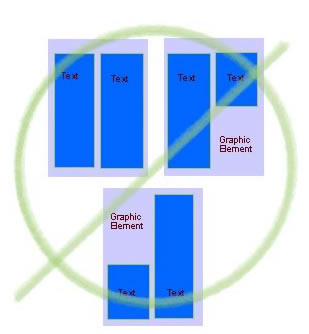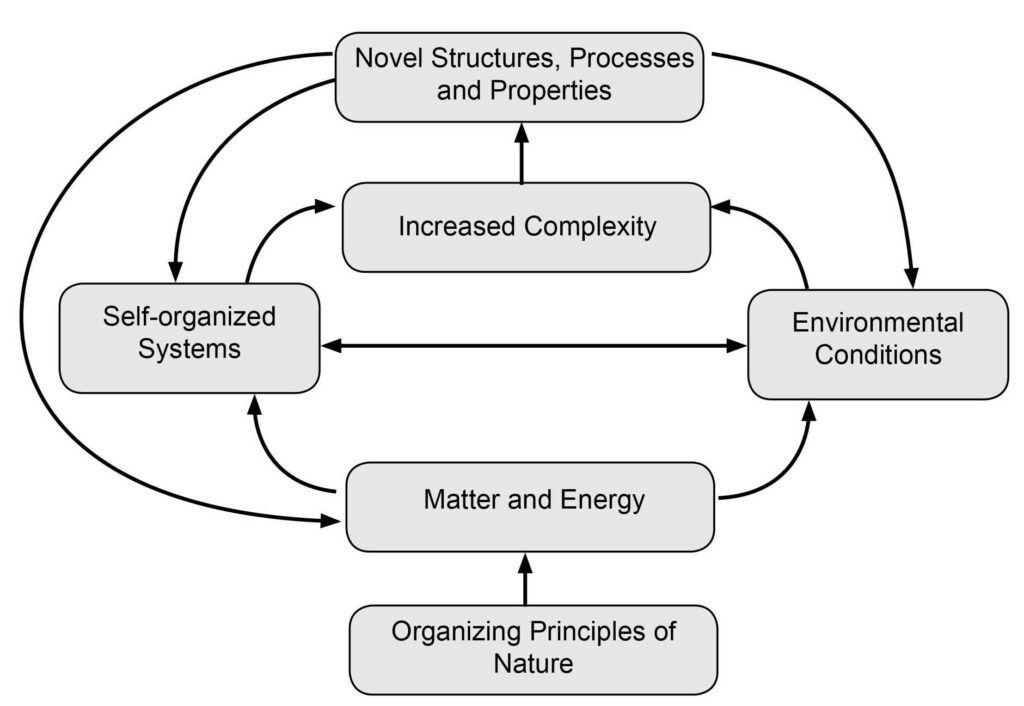Global Systems Science (GSS)
is an interdisciplinary, integrated course for high school students that focuses on societal issues that require science for understanding and for solutions. It was developed starting in the 1990s and continuing into the 21st century at the Lawrence Hall of Science at University of California, Berkeley. The course emphasizes how scientists from a wide variety of fields work together to understand significant problems of global impact and Earth systems in general.

In GSS, the “big ideas” of science are stressed, such as the concept of an interacting system, the co-evolution of the atmosphere and life, the goal of a sustainable world, and the important role that individuals play in both impacting and protecting our vulnerable global environment. GSS was developed by a collaborative team of teachers, scientists, and curriculum developers, so that it reflects both the excitement of modern interdisciplinary science, and the practical realities of the classroom.
The instructional materials for Global Systems Science are all free (on this website) and consist of twelve* Student Books and Teacher’s Guides. Each focuses on a different aspect of global environmental change and they support four basic themes: (1) A New World View, (2) Key Global Problems, (3) Fundamental Earth Systems, and (4) Underlying Causes and Possible Solutions. These are further described on the page about Themes in Global Systems Science.
GSS involves students actively in learning. They perform investigations and experiments in the classroom and at home. They read and discuss historical background materials. They “meet” a selection of scientists, both men and women, from a variety of ethnic and educational backgrounds. They consider the economic, political, and ethical issues associated with each problem area.
Collectively, the GSS books constitute a unique combination of studies in the natural and social sciences through which high school students may view the global environmental issues that they will confront within their lifetimes. One of our key goals is for students to make intelligent, informed decisions that can translate into personal actions, such as conserving energy, recycling, and preparing for their role as voting citizens in a modern industrialized society.
See also:
* Eleven book covers are shown in the illustration. The twelfth is Solar System Science, which is paired with A Changing Cosmos.
E-Reading
By 2005 the GSS project replaced hard copy textbooks with electronic files (e-books) and a website that students read on computers or mobile devices at home and/or at school. This reduced school textbook costs by an order of magnitude for schools where a significant number of students were ready to use e-textbooks in place of the hard copy books.
Here is an interesting article pertinent to that: “Rates of Computer and Internet Use By Children in Nursery School and Students in Kindergarten Through Twelfth Grade: 2003.” National Center for Education Statistics (NCES).
For a considerably more “anti-computer” perspective, see the article “Fool’s Gold: A Critical Look at Children and Computers – Alliance for Childhood.”
Before 2005, the GSS team faced the dilemma of whether to design GSS books for landscape (11×8.5″) viewing (ideal for computer display) or portrait (8.5×11″) viewing for hard copy books, GSS staff decided to implement design layouts that would work well in both formats: combined online and hard-copy designs.

Joint Online and Hard-Copy Design
We assumed that a person viewing a portrait-layout PDF document on a computer will likely take advantage of a magnification factor of 150% or so to display 1/2 page at a time. However, some 2-column formats can be very cumbersome to the reader who is forced to alternately scroll up and down to go from column to column.
At left are examples of layouts that exhibit good joint online and hard-copy design. Below are layouts to avoid:

Strategies for Computer Use with GSS
Two strategies for classroom use of GSS online books are:
- For in-class reading, show the reading material with a single classroom computer with large screen display (such as LCD projector) and have all the students read that display. This has these advantages:
(a) only one computer needed,
(b) reading the material aloud,
(c) having immediate discussions of questions that come up. You can have students silently read a page with the instruction to pick a sentence that is especially interesting. Then have volunteers explain why their chosen sentences are of special interest to them. - For reading as homework, confirm that students are able to use a computer at home. Students who do not have use of computers at home will need printouts of the specific pages that are the reading assignments.
GSS Support
GSS materials are currently available for free. See the GSS Support page. to find out how to get support from GSS and how you can support GSS.

Editorial comment from GSS Director, Alan Gould (2016 April 29):
While it’s important to understand causes and effects of the climate change we are experiencing, it’s far more important to understand the even larger context of the root causes of the problem and, by implication, the obvious solutions.
The GSS curriculum materials explore two root causes along with solutions:
- in Energy Use, the devastating side effects of our fossil fuel based energy systems that include air pollution, climate change, economic instability, and threats to national security to name a few, and
- in Population Growth, where it becomes obvious that all these problems would not exist without an excessively burgeoning human population that is still increasing exponentially.
Obvious solutions in energy use include sustainable energy systems such as solar panel arrays, wind generators, biofuels, geothermal energy, and hydro-energy systems based on rivers, ocean tides and waves. Nuclear energy is worth considering if it turns out to be significantly cleaner than fossil fuel.
Solutions for exponential population growth include education for women (and men) that often results in smaller families.
GSS and GLOBE
GSS is highly compatible with the GLOBE project which enables students to take scientifically valid measurements in the fields of atmosphere, hydrology, soils, and land cover/phenology and report their data through the Internet to the GLOBE student data archive. GSS is also collaborating with the Maine Mathematics and Science Alliance (MMSA) in their current project to develop curriculum materials for GLOBE at the middle and high school levels.
Self-Organizing Systems (SOS)
SOS is a resource created by the originators of GSS (Richard Golden and Cary Sneider). It is a valuable concept to help students achieve a coherent view of the world/universe, an understanding of connections throughout nature, and an appreciation the unity of all scientific endeavor. Systems is a theme that all national science education reform programs embrace. To explore how these ideas can be easily woven into your teaching, read the article by Richard and Cary and visit the SOS website.



